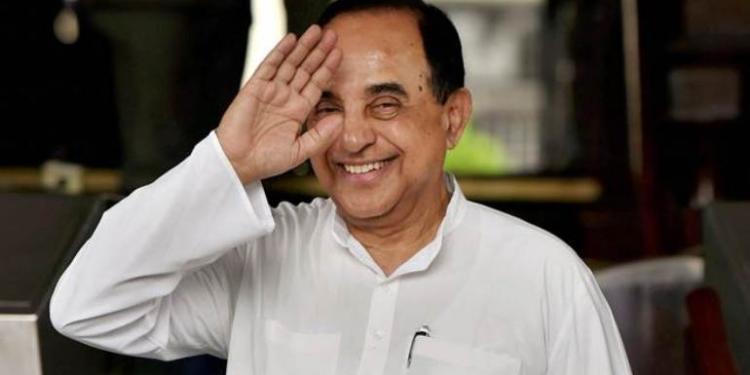The Supreme Court hearing for Ram Mandir case was scheduled for today. Earlier, the apex court had constituted a five-judge bench for the case. This had elicited hope that the case would finally be expedited. However, the Supreme Court stated that it will not be hearing the Ram Mandir case today. Instead, the modalities of the case would be worked out.
Earlier, the scheduled Supreme Court hearing on 6th January was completed within 60 seconds without hearing arguments of either side. Now, the Supreme Court has adjourned the hearing till 29th January.
SC adjourns the matter to Jan 29. Justice Lalit recuses from bench following the submission of Sr Ad Rajeev Dhawan that he had appeared for Kalyan Singh in a contempt matter related to #BabriCase #Ayodhya #AyodhyaHearing
— Live Law (@LiveLawIndia) January 10, 2019
The verdict on the Ram Mandir case is long overdue and the majority community expects an expedited hearing of the case. Moreover, BJP’s firebrand leader and Rajya Sabha MP Subramanian Swamy has suggested a solution for the matter. Subramanian Swamy tweeted, “We do not need SC for that. Namo govt can implement PVNR’s Cabinet decision 1994 and hand the janmabhoomi Ayodhya land tonight to VHP. After SC decides title, pay the winner compensation for nationalising his land u/Article 300A.”
We do not need SC for that. Namo govt can implement PVNR's Cabinet decision 1994 and hand the janmabhoom Ayodhya land tonight to VHP. After SC decides title, pay the winner compensation for nationalising his land u/Article 300A
— Subramanian Swamy (@Swamy39) January 10, 2019
In September 1994, the then PV Narasimha Rao-led government submitted a response to the Supreme Court at the court’s request in which it said that the government (of the time) was “committed to enforce a solution” in the Ayodhya matter. Rao Government’s response stated, “If efforts at a negotiated settlement as aforesaid do not succeed, Government is committed to enforce a solution in the light of the Supreme Court’s opinion and consistent with it. Government’s action in this regard will be even-handed in respect of both communities. If the question referred is answered in the affirmative, namely, that a Hindu temple/structure did exist prior to the construction of the demolished structure, Government action will be in support of the wishes of the Hindu community. If, on the other hand, the question is answered in the negative, namely that no such Hindu temple/structure existed at the relevant time, then government action will be in support of the wishes of the Muslim community.”
In 2002, the Allahabad High Court ordered the Archaeological Survey of India (ASI) to find out if a temple existed in the area as claimed by the Hindus. In January 2003, the ASI commenced its excavation to find out the traces of the temple beneath the Ram Janmabhoomi. In the report submitted by ASI, the claims of the Hindus were found to be true but the Muslim bodies rejected the findings of ASI.
Last year, elaborating the affidavit submitted by Narasimha Rao-led government in 1994, Subramanian Swamy, who was a minister in Rao’s cabinet, had said that the affidavit was filed after the Supreme Court asked the then government for its solution. Swamy had said, “Narendra Modi doesn’t have to seek the permission of the Supreme Court. He can declare that he has given the land to the VHP to build a temple, so the road is clear. The fight in the SC is for the title. And the SC constitution bench said that a Masjid isn’t an essential part of Islamic religion – it can be broken, it can be shifted. So we can give them another plot. But in this plot, because we had found there is a pre-existing structure, build the temple!”































